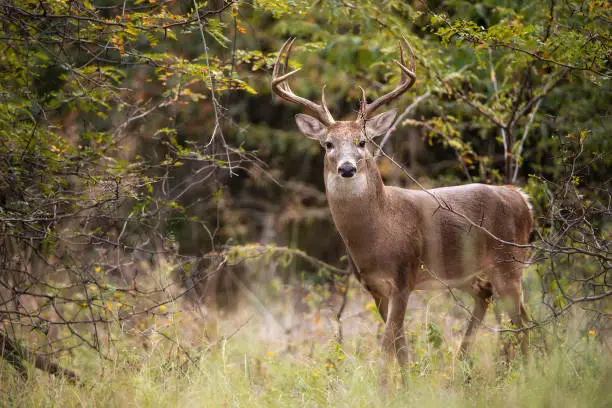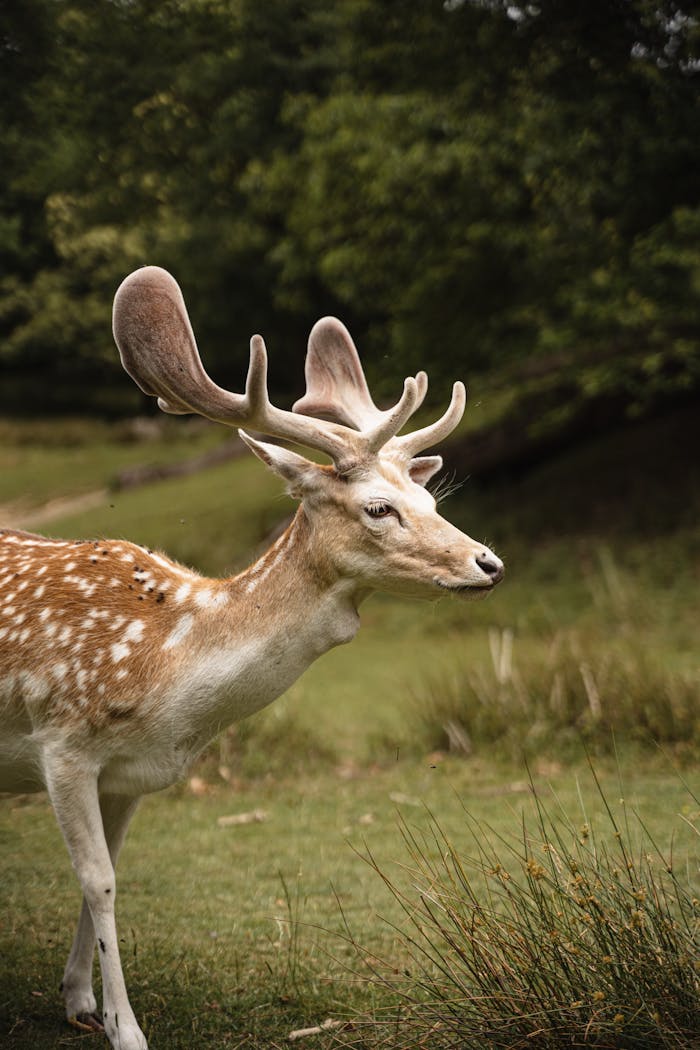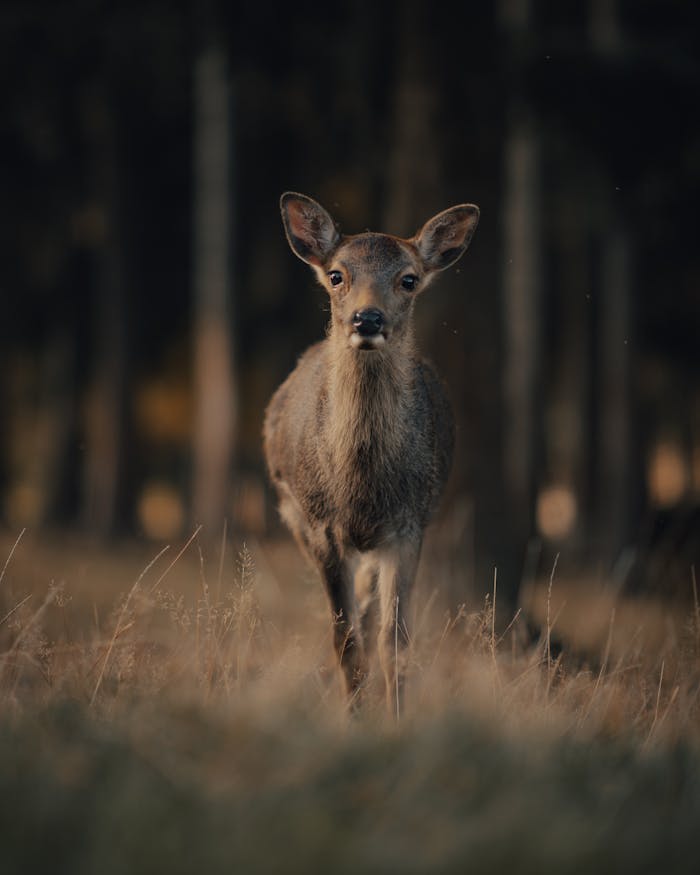Whitetail Deer Population by State: Where Are They Most Common?
Whitetail deer are the most widespread and recognizable deer species in North America. Found mostly east of the Rocky Mountains, they are the dominant wild ungulate across much of the United States. Today, the estimated whitetail deer population in the U.S. stands at around 35 million, making them a major focus for wildlife enthusiasts and hunters alike.
But where exactly are these deer found? Which states have the most? And why does their population vary so widely? Let’s break it down.
Where Are Whitetail Deer Found?
Whitetail deer can be found in nearly every U.S. state, but not all 50. They thrive in diverse habitats, from dense forests and grasslands to rural neighborhoods and suburban parks. However, their distribution isn’t even.
States without native whitetail deer populations include:
-
Alaska
-
Hawaii
-
California
-
Oregon
-
Nevada
-
New Mexico
In these states, environmental conditions or the presence of other deer species—like mule deer, elk, or moose—limit whitetail presence. Hawaii, for example, has no native deer species at all. The deer there were introduced by humans and are now considered invasive.
Which State Has the Most Whitetail Deer?
Texas easily leads the pack when it comes to whitetail deer population. As the largest state in the continental U.S., Texas offers vast stretches of suitable habitat and a climate that’s well-suited for deer. It’s estimated that Texas alone is home to over 5 million whitetail deer.
The region known as Hill Country is especially known for high deer densities. In fact, it’s not unusual to see deer in backyards, city parks, and even near highways.
Other states with high whitetail deer populations include:
-
Michigan
-
Alabama
-
Mississippi
-
Wisconsin
-
Georgia
-
Pennsylvania
Why Do Populations Vary So Much?
Several factors influence deer populations from state to state:
-
Habitat availability: States with more forests, grasslands, and rural space tend to support more deer.
-
Climate: Mild winters and abundant food sources promote population growth.
-
Hunting regulations: States with well-managed hunting programs often maintain stable or growing populations.
-
Predation and disease: Areas with high predator numbers or disease outbreaks may see lower numbers.
It’s important to note that deer populations fluctuate year by year. Wildlife agencies use a mix of observation, tracking, and statistical modeling to estimate populations—but exact numbers are never guaranteed.
A Look at Deer Size and Hunting Records
While Texas has the most whitetail deer, Wisconsin often ranks as the top state for producing large trophy bucks. That’s because of genetics, selective hunting practices, and strict game management.
What makes a deer “big”? Most hunters measure a buck’s size by the antlers, but body weight and overall height can also vary. Sometimes, a deer with modest antlers may be heavier than one with larger ones.
When scoring deer, antlers are still the primary factor used in competitions and record books.
Hunting Opportunities and Challenges
It’s a common belief that more deer means better hunting. But that’s not always the case.
For example:
-
Texas has the most deer, but much of the land is privately owned. This limits access for hunters without landowner connections.
-
Wisconsin and Kentucky offer strong public hunting programs and higher chances of harvesting large bucks.
Top states for whitetail deer hunting include:
-
Texas
-
Wisconsin
-
Kentucky
-
Alabama
-
Georgia
Each state has its own set of hunting regulations, licenses, and seasonal restrictions. It’s essential to know the local rules before planning a hunt.
The Comeback Story of the Whitetail Deer
In the early 1900s, whitetail deer populations were dangerously low—estimated at only around 500,000 nationwide. Overhunting, habitat loss, and lack of regulation had pushed them to the brink.
Thanks to wildlife conservation efforts, regulated hunting, and habitat management, the whitetail population made a remarkable recovery. Today’s numbers—hovering around 35 million—are considered one of North America’s biggest wildlife success stories.
A Few Final Facts About Whitetail Deer
-
Whitetail deer are mostly found east of the Rocky Mountains.
-
The Rockies act as a natural barrier, limiting their spread westward.
-
In western regions, mule deer are more common.
-
Other North American deer species include moose and elk.
-
Whitetail deer are also found in Canada and Mexico, often in high numbers.
Finally
Whitetail deer are a vital part of North America’s natural landscape. Whether you’re a hunter, nature lover, or simply curious, understanding where whitetail deer live—and why—offers a deeper appreciation of wildlife conservation and habitat diversity.
From the dense populations of Texas to the record-setting bucks of Wisconsin, whitetail deer continue to thrive in various parts of the country. With careful management, this species is likely to remain one of the most iconic animals in North America for generations to come.


